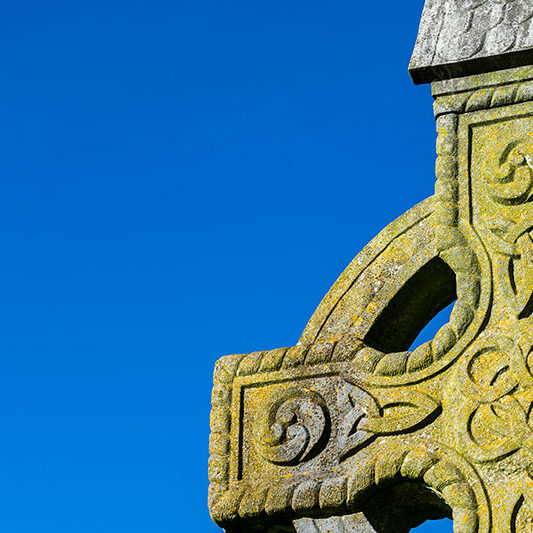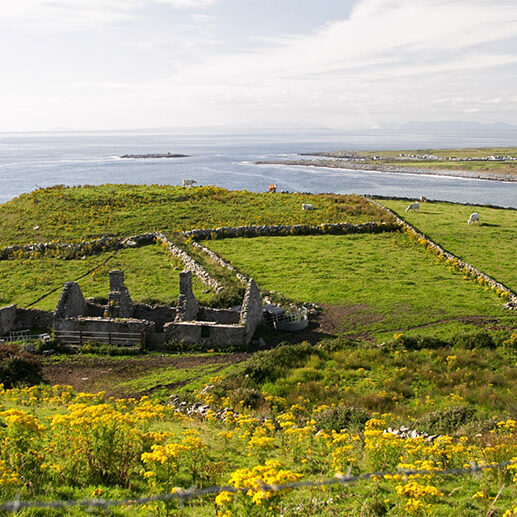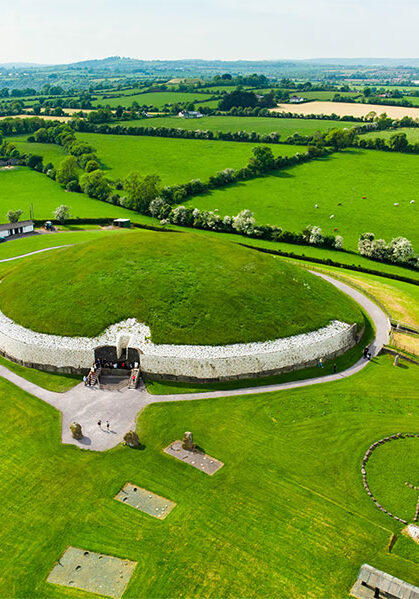In Honor of St. Patrick’s Day
Happy St. Patrick’s Day:

St. Patrick's Day is a festive occasion celebrated worldwide, but it's also an opportunity to contemplate Irish funeral customs, including burial and cremation practices. Recently, there has been a surge of interest in "green" or "natural" burials and cremations, which prioritize environmentally friendly procedures. This blog post will delve into the history of Irish funeral traditions, as well as provide suggestions for making the process more sustainable.

Irish funeral customs have been around for centuries and are frequently intertwined with religious beliefs. Irish Catholics would usually inter their dead in consecrated land like churchyards or cemeteries, whereas non-Catholics were frequently buried in un-consecrated ground, leading to the development of "pagan" burial sites in remote regions. Wakes, also known as viewings, are another important aspect of Irish funeral rituals. Wakes are usually held in the home of the deceased or a nearby community center, allowing loved ones to pay their respects to the deceased and offer condolences to the family. Wakes can last several days and are frequently accompanied by music, food, and drink to celebrate the life of the deceased.

Cremation was only legalized in Ireland in 1983 and has gained popularity in recent years, with approximately 15% of Irish funerals opting for this alternative. A service is typically held before the cremation, including music, prayers, and eulogies. Following cremation, the ashes are usually scattered or interred in a designated area, such as a garden of remembrance.

As people become increasingly aware of their impact on the environment, many are looking for ways to reduce their carbon footprint even in death. Green burials and cremations provide an eco-friendly alternative to conventional procedures, emphasizing sustainability and conservation. Green burials typically entail interring the deceased in a natural setting like a woodland or meadow, without a traditional casket or embalming chemicals. The body is frequently wrapped in a shroud or placed in a biodegradable casket made of natural materials like bamboo or wicker, allowing the body to decompose naturally and return to the earth. Green cremations use a technique known as alkaline hydrolysis, which employs water and heat to break down the body, producing fewer emissions than traditional cremation and using less energy.
In Conclusion
Irish funeral traditions have developed through the last few decades, but the desire to honor and respect the deceased remains unchanged. Green burials and cremations provide a contemporary and sustainable alternative to conventional procedures, allowing us to honor our loved ones while also caring for the planet. On this St. Patrick's Day, take a moment to reflect on Irish traditions, both old and new, and consider how you can make the process more sustainable when the time comes.
